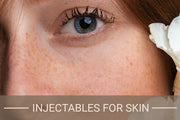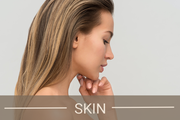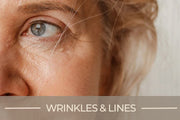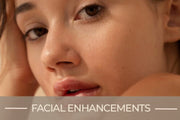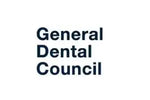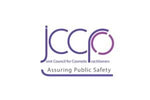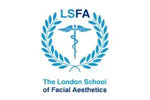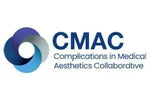Cheek Filler Before And After

Content Verification
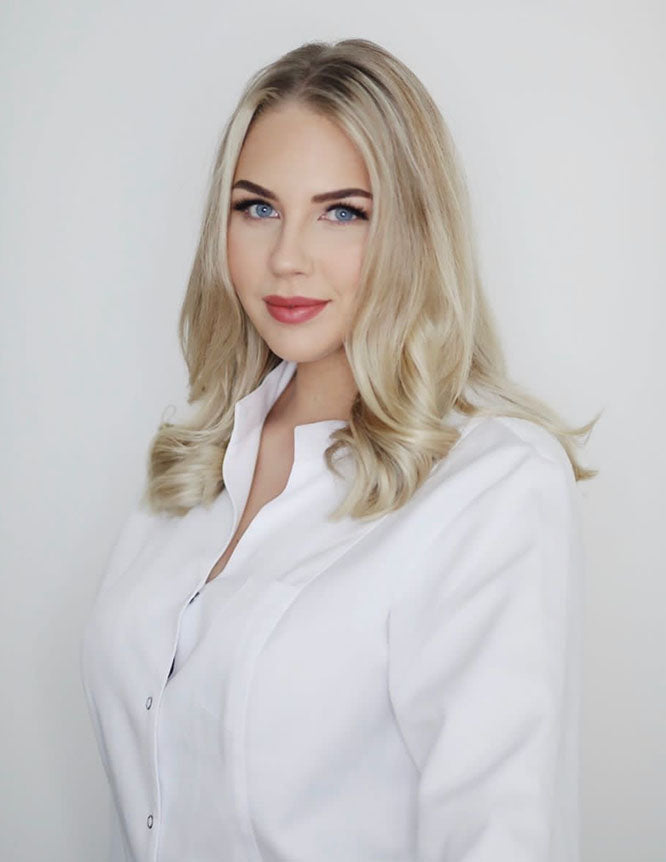


✨ Quick Takeaway ✨
💉 Thinking about cheek fillers? Here's the scoop!
⏱️ The treatment is super quick – often done in under 30 minutes.
🌟 Results are visible immediately and keep getting better over a few days.
🙌 Minimal downtime – you can get back to your routine in no time.
💧 Hydration is key – drink plenty of water for the best results!
🧠 Key Advice & Tips from Our Experts 🧠
- Chat with a pro: Always book a consultation before your treatment to tailor it to your face shape and goals.
- Keep it chill: Avoid alcohol, exercise and excessive heat for 24 hours post-treatment.
- Less is more: A subtle lift can make a big difference – trust your injector's advice.
- Aftercare matters: Gently apply a cold compress if needed and steer clear of facials for a few days.
- Top up wisely: Results can last up to 18 months, so plan follow-ups based on your needs, not pressure.
Cheek fillers are non-surgical cosmetic injectables used to restore volume, improve contour, and enhance facial definition. They are a popular option for patients seeking subtle, natural-looking rejuvenation without invasive surgery or downtime. As demand for facial aesthetics grows, many are curious about cheek filler before and after results and what to expect.
This article offers a clear, professional guide tailored to help you make an informed treatment decision. We’ll explore what cheek fillers involve, the procedure process, recovery, and visual results from real patients. You’ll learn how dermal fillers for cheeks work, how long they last, and how your face may look after treatment.
We also discuss swelling, healing timelines, and what to avoid before and after your appointment for best outcomes. By the end, you’ll know what cheek fillers can realistically achieve — and whether they’re right for your goals.
What Are Cheek Fillers?
Cheek fillers are a type of dermal filler used to enhance cheek structure, restore lost volume, and improve facial symmetry. They are part of a growing trend in non-surgical cheek enhancement, offering patients a subtle lift without the need for invasive procedures.
The most commonly used fillers are made from hyaluronic acid, a substance naturally found in the body. These products are carefully injected into specific areas of the mid-face to support and elevate the cheeks. Over time, the body breaks down the filler, making the treatment temporary but reversible. Patients often choose fillers for facial volume restoration caused by ageing, weight loss, or genetics.
“Cheek fillers are used to restore volume in areas where natural fat pads have diminished, particularly in the mid-face,” says Dr. Laura Geige, Medical Director and Senior Practitioner at It’s Me & You Clinic. “They can subtly contour and lift the cheeks, which can help improve overall facial harmony when done conservatively.”
Following treatment, patients typically see a soft enhancement rather than an artificial change. The results depend on the product used, injector skill, and the patient's unique facial anatomy. Cheek fillers are customisable, and the goal is always a natural-looking result tailored to each face.
Before the Treatment: What to Know
Before undergoing any cheek filler procedure, patients must go through a thorough consultation to determine suitability and discuss expectations. This stage is essential for ensuring safety, setting realistic goals, and preparing for a smooth treatment experience.
During your consultation, the practitioner will review your medical history, assess facial structure, and determine if you’re a good candidate. Medical conditions, allergies, or previous cosmetic treatments may affect suitability or the type of product used. It’s also important to disclose any medication or supplements, especially blood thinners or anti-inflammatories.
“An individualised assessment is crucial before any aesthetic treatment,” explains Dr. Snieguole Geige, Dentist and Medical Doctor. “Understanding a patient’s facial anatomy, lifestyle, and medical background helps us plan treatment safely and avoid complications.”
Patients are usually advised to avoid alcohol, aspirin, and certain supplements for at least 24–48 hours before treatment. These substances can increase the risk of bruising or swelling. Knowing what to expect before cheek fillers also includes preparing for minor after-effects and following any specific instructions your practitioner provides. A well-informed approach helps ensure the best possible outcome.
During the Procedure: Step-by-Step Guide
The cheek filler treatment process is relatively quick, usually taking 20 to 40 minutes, depending on the complexity of the case. It is performed in a clinical setting by a trained practitioner using sterile technique and high-quality cosmetic injectables.
A topical numbing cream is often applied before the injections to reduce discomfort. Most dermal fillers also contain a local anaesthetic, such as lidocaine, to make the procedure more tolerable. Patients typically describe the sensation as mild pressure or a slight sting.
“Patients are often surprised by how straightforward and manageable the procedure is,” says Dr. Giedre Narkiene, Consultant Dermatologist. “With proper technique and care, discomfort is minimal and downtime is limited.”
During the injection, your practitioner will carefully place the filler using either a fine needle or cannula, depending on the treatment plan. You may feel some pressure, but pain is generally mild. Most patients can return to normal activities shortly after, with only minor aftercare needed.
Aftercare and Recovery Timeline
Understanding the cheek filler recovery process is important for managing expectations and ensuring optimal results. Most patients experience mild side effects immediately after treatment, which are temporary and usually resolve on their own.
Swelling, tenderness, and occasional bruising at the injection sites are common. These symptoms typically peak within 24–48 hours and improve steadily over the next few days. The cheek filler swelling stages vary by individual, but most people see the final result within 7–14 days.
“Swelling is a normal part of the healing process and should subside fairly quickly,” says Dr. Giedre Narkiene. “Applying a cold compress and avoiding pressure on the treated area can help ease discomfort and reduce inflammation.”
Patients should avoid alcohol, strenuous exercise, and facial treatments for at least 24–48 hours. Sleeping on your back and avoiding excessive facial movement are also recommended during the first few nights. While side effects are usually mild, it’s important to contact your practitioner if you experience significant pain, prolonged swelling, or signs of infection. Following aftercare guidance closely supports a smoother recovery and helps preserve your results.
Cheek Filler Before and After: Real Results

Patients often seek cheek fillers to enhance mid-face definition, correct volume loss, and improve facial symmetry. Results vary depending on individual anatomy, filler volume, and injection technique.
For subtle enhancement, cheek filler before and after 1ml typically shows a gentle lift and soft contour. More noticeable definition may be achieved with 2ml or more, especially in cases of volume depletion. The aim is not to drastically alter appearance, but to restore balance and structure to the face.
“When performed carefully, cheek fillers can provide very natural-looking results that respect the patient’s unique facial features,” says Dr. Laura Geige. “The goal is to enhance, not change, the person’s appearance — most people won’t even know you’ve had anything done.”
Visual improvements often include more defined cheekbones, smoother transitions between facial zones, and restored mid-face volume. Symmetry tends to improve as the filler balances structural differences. Practitioners tailor volume and placement to each face, making personalisation a key part of achieving safe, natural outcomes.
How Long Do Cheek Fillers Last?
A common question patients ask is: how long do cheek fillers last? On average, results typically last between 9 and 18 months, depending on several factors.
Longevity is influenced by your metabolism, lifestyle, and the type of dermal filler used. Patients who exercise frequently or have a faster metabolism may notice their cheek filler results timeline is slightly shorter. Product choice and injection depth can also impact how long the filler remains effective.
“Cheek fillers are not permanent, which is often a positive feature for patients who prefer gradual, adjustable changes,” notes Dr. Snieguole Geige. “With regular reviews, we can top up as needed to maintain results over time.”
To prolong results, patients are advised to follow aftercare guidance and attend maintenance appointments as recommended. A consistent skincare routine and avoiding excessive sun exposure may also support longer-lasting outcomes.
Cheek Fillers: Are They Right for You?
Cheek fillers can benefit a wide range of people — from those experiencing volume loss due to ageing, to individuals wanting more contour and structure. The treatment appeals to both women and men looking for a refreshed but natural appearance.
While commonly chosen by women, more men are now opting for cheek fillers to enhance facial definition and restore mid-face support. The treatment is tailored to suit different aesthetic goals and facial shapes.
“Patients often ask, ‘is cheek filler worth it?’,” says Dr. Laura Geige. “When expectations are realistic and the treatment is done by a skilled practitioner, it can make a subtle but meaningful difference.”
It’s important to understand that results are modest and not permanent. Cheek fillers offer enhancement, not transformation — and are best suited to those seeking balanced, natural-looking changes.
The Bottom Line
Cheek fillers can restore volume, refine contours, and subtly rejuvenate the face when done with precision and care. While results vary, realistic expectations and a personalised approach are key. Choosing a qualified, experienced aesthetic practitioner is essential to ensure safety and satisfaction. Always take time to research and ask questions before proceeding. A well-informed decision can lead to natural-looking results and increased confidence — without compromising your health or wellbeing.
Disclaimer: This article is for informational purposes only and does not constitute medical advice. Always consult with a qualified healthcare professional or aesthetic practitioner before undergoing any cosmetic treatment.


